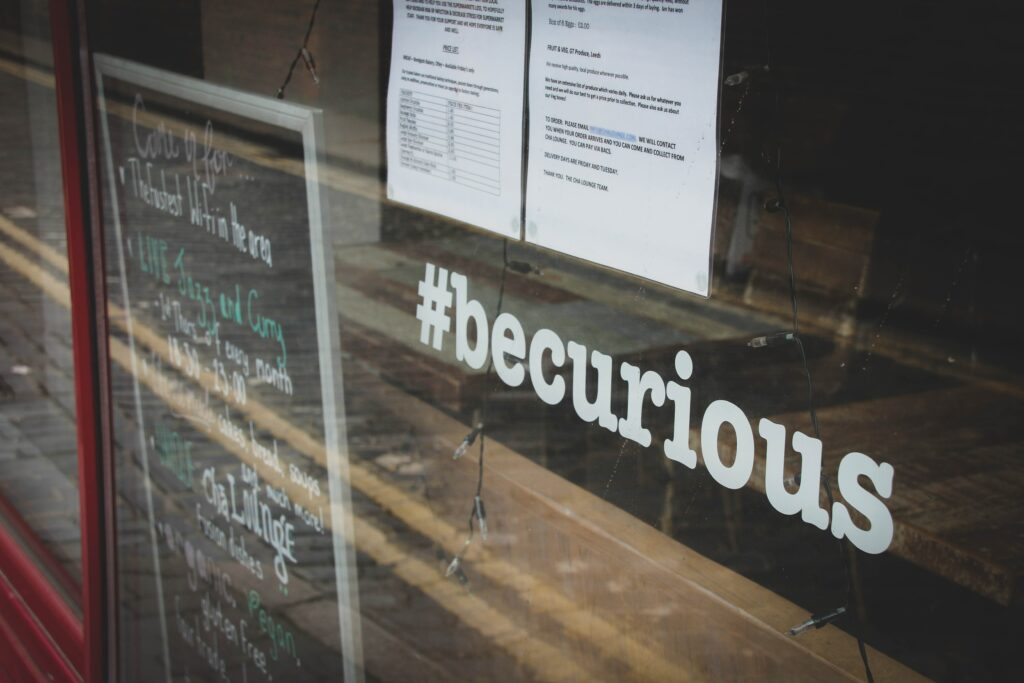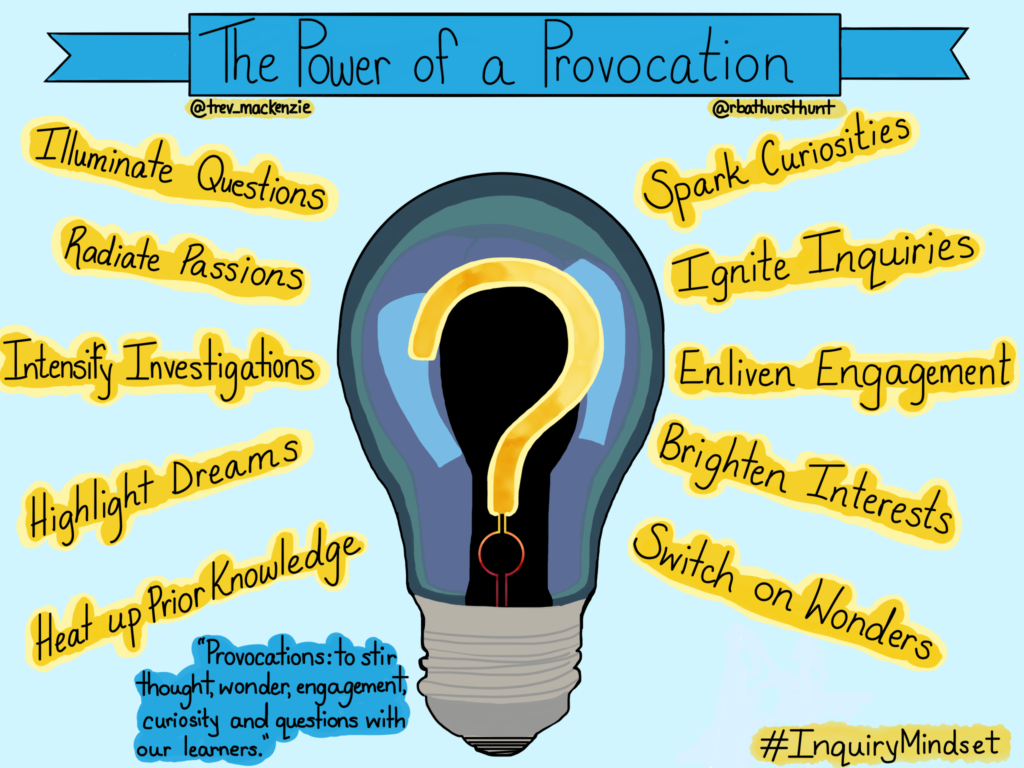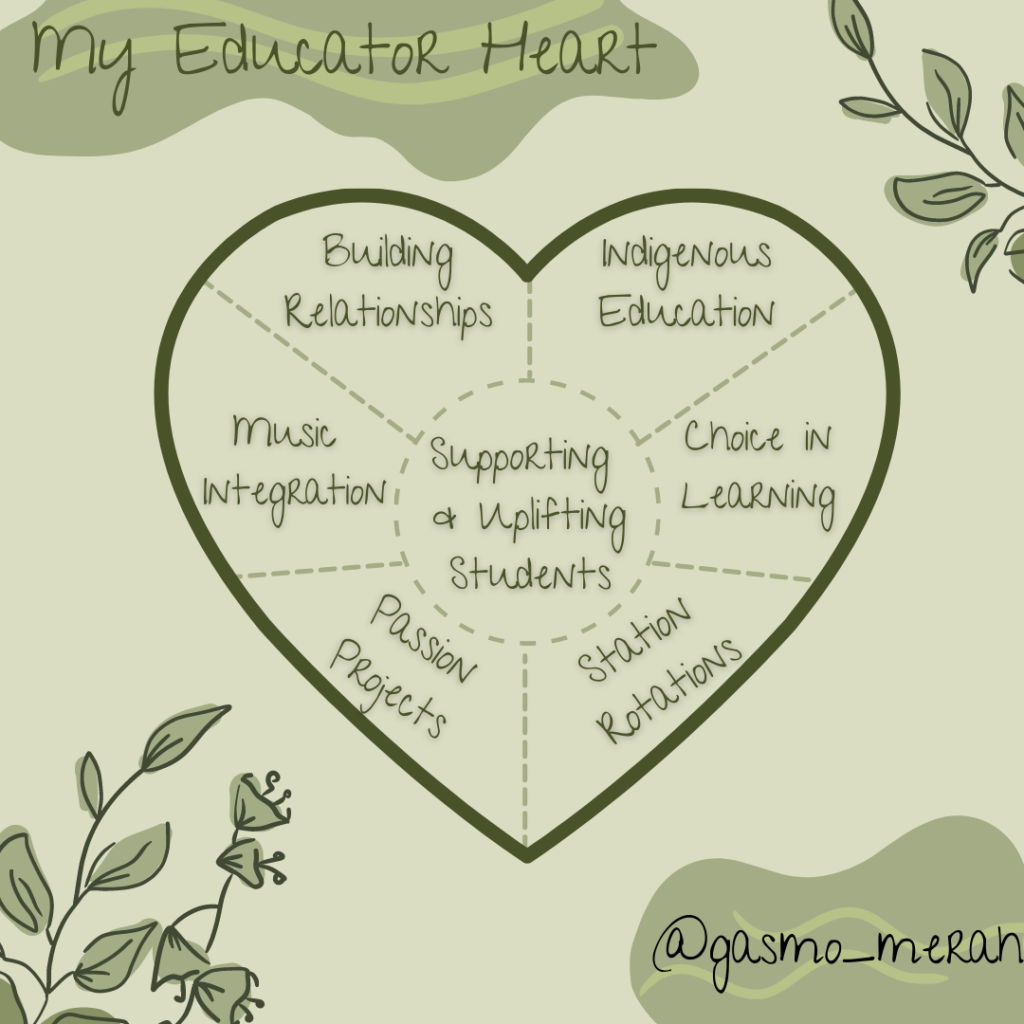I was really excited to hear Rebecca Bathurst speak because she is one of the first primary teachers we have heard speak this semester. She is also a Kindergarten teacher and as you probably know by now I am working in a kindergarten classroom this term. What I didn’t know prior to listening to Rebecca is that she works so closely with Trevor Mackenzie (see this post on Trevor). It was interesting hearing her perspective on inquiry through a primary lens after hearing from Trevor through a high school lens.
While Trevor and Rebecca teach on opposite ends of the spectrum, their approach to inquiry and how to utilize inquiry in the classroom is very similar. How they design their teaching practice is also very similar. Rebecca stressed multiple times throughout her presentation the importance of building relationships. She said that if we do not work to build relationships with our students within the first few weeks or month, then nothing else that we try to do in our classroom will work. Building relationships helps the learners feel comfortable, but it also helps the teacher have an understanding of interests and passions that she can tap into throughout the year.

Another point that Rebecca mentioned that stuck with me is we must respond to our learners rather than expecting them to fit into our predetermined practice. I think it is a common misconception amongst society and new teachers that our students naturally follow what we want them to do and that flexibility isn’t an important part of the job. However, students are humans not robots. So, if we want them to grow into passionate, curious learners we need to provide space and time for those traits to develop. In a primary classroom that means identifying what your students love early on and then adopting those things into your daily classroom. This also tags on to what Trevor said about enjoyment. Students need to enjoy what they are learning about or else they won’t learn anything.

When Rebecca teaches inquiry in her kindergarten classroom she starts with questions. In order to get to the free inquiry stage you need to teach children how to ask questions. Often times in kindergarten those initial questions and learning of how to ask questions needs to be led by the teacher. Rebecca says that teachers must constantly be asking questions in the beginning of lessons, during lessons, and after. Asking questions is something that I want to work on in my teaching practice. I know I am a curious person, but I often keep my curiosity in my head and I am not very good at translating it into a vocal question. In the same way that we can’t expect students to fit into our teaching practice, we can not expect them to be comfortable asking questions or eagerly asking questions right off the bat. Students come from all different backgrounds with different experiences, so it will take time for them to open up. And in order to have students open up it all goes back to building relationships.

The last thing I took away from Rebecca’s presentation, which is actually what she started her presentation with, is the educator heart. An educator heart is a drawing or list or poster of what is important to you as a teacher. Rebecca started off with asking us what is in our own educator heart? I decided to jot down what was in my heart and make the graphic on the right using Canva. I am interested to see how my educator heart evolves as I start teaching and continue to teach with new experiences.
November 29, 2021 at 12:13 pm
Merah, I love that you made your own educator heart. That is beautiful.